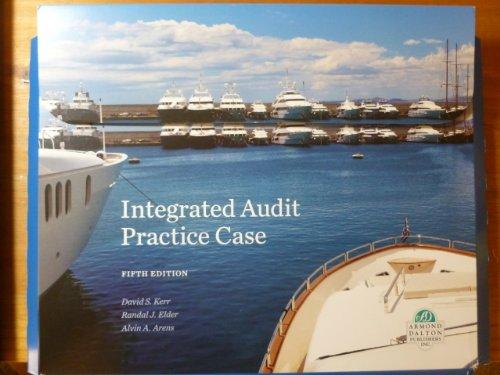Question
Starting the Reaction. Measure 25 mL of dichloromethane in a graduated cylinder and have it on hand. Working quickly to avoid reaction of the aluminum
Starting the Reaction. Measure 25 mL of dichloromethane in a graduated cylinder and have it on hand. Working quickly to avoid reaction of the aluminum chloride with moisture in the air, weigh 14.0 g of anhydrous aluminum chloride into a 125-mL beaker. Using a powder funnel and a large spatula, transfer the aluminum chloride into the three-necked flask via the unused opening. Use the dichloromethane to transfer any last traces of aluminum chloride powder into the flask and to rinse the neck of the flask. After addition of the dichloromethane is complete, add a stir bar to the flask, replace the stopper and start the cooling water in the condenser. Stir the resulting suspension. Again, working in a hood and using a pipet to transfer, measure out 0.100 moles acetyl chloride by volume into a graduated cylinder and transfer the acetyl chloride to a small Erlenmeyer flask. Measure 15 mL of dichloromethane in a graduated cylinder and add it to the acetyl chloride. Transfer the resulting solution to the addition funnel attached to the reaction apparatus (check first to be certain the stopcock is closed). Over approximately 15minutes, slowly add the acetyl chloride solution to the aluminum chloride suspension. (Note: This should be done carefully because the ensuing reaction is exothermic and may boil vigorously.) After this addition is complete, dissolve 0.075 moles of anisole in 10 mL of dichloromethane. Transfer this solution to the addition funnel and slowly add it to the cooled acylation mixture over approximately 30 minutes. Then, remove the ice water bath and allow the mixture to stir at room temperature for additional 30 minutes. Isolation of Product. Disconnect the gas trap, condenser and addition funnel. Pour the reaction mixture into a 400-mL beaker containing 50 g ice and 25 mL concentrated hydrochloric acid. Stir this mixture thoroughly for 10-15 minutes. Using a separatory funnel, separate the organic layer and save it. Extract the aqueous layer with 30 mL dichloromethane and combine the two organic phases. Wash the combined organic layers with 50 mL saturated sodium bicarbonate solution. If a significant amount of acid is present, violent foaming will occur at this stage due to the evolution of CO2. Continue mixing and venting until the carbon dioxide emission ceases. Wash with a second portion of sodium bicarbonate if necessary. Then wash the organic phase with 20 mL saturated sodium chloride solution. Separate the organic layer and dry it over granular anhydrous sodium sulfate for 10-15 minutes. Decant or filter to remove the drying agent from the solution. If necessary, the solution can be stored in a stoppered flask until the next lab period. Removal of dichloromethane. Concentrate the crude acylation product by removing the dichloromethane solvent by rotary evaporation. Transfer the resulting oil to a tared 25-or 50-mL round bottom flask. Vacuum Distillation. You will purify your product by vacuum distillation using miniscale distillation apparatus and a vacuum pump. Before you can begin your distillation, you must predict the boiling point of your starting material (anisole) and your product at the pressure the vacuum is pulling. During the distillation, be sure to record both the temperature (boiling point) and the pressure reading of the manometer. (91.0 0C, 1.88 mm Hg).

Step by Step Solution
There are 3 Steps involved in it
Step: 1

Get Instant Access to Expert-Tailored Solutions
See step-by-step solutions with expert insights and AI powered tools for academic success
Step: 2

Step: 3

Ace Your Homework with AI
Get the answers you need in no time with our AI-driven, step-by-step assistance
Get Started


